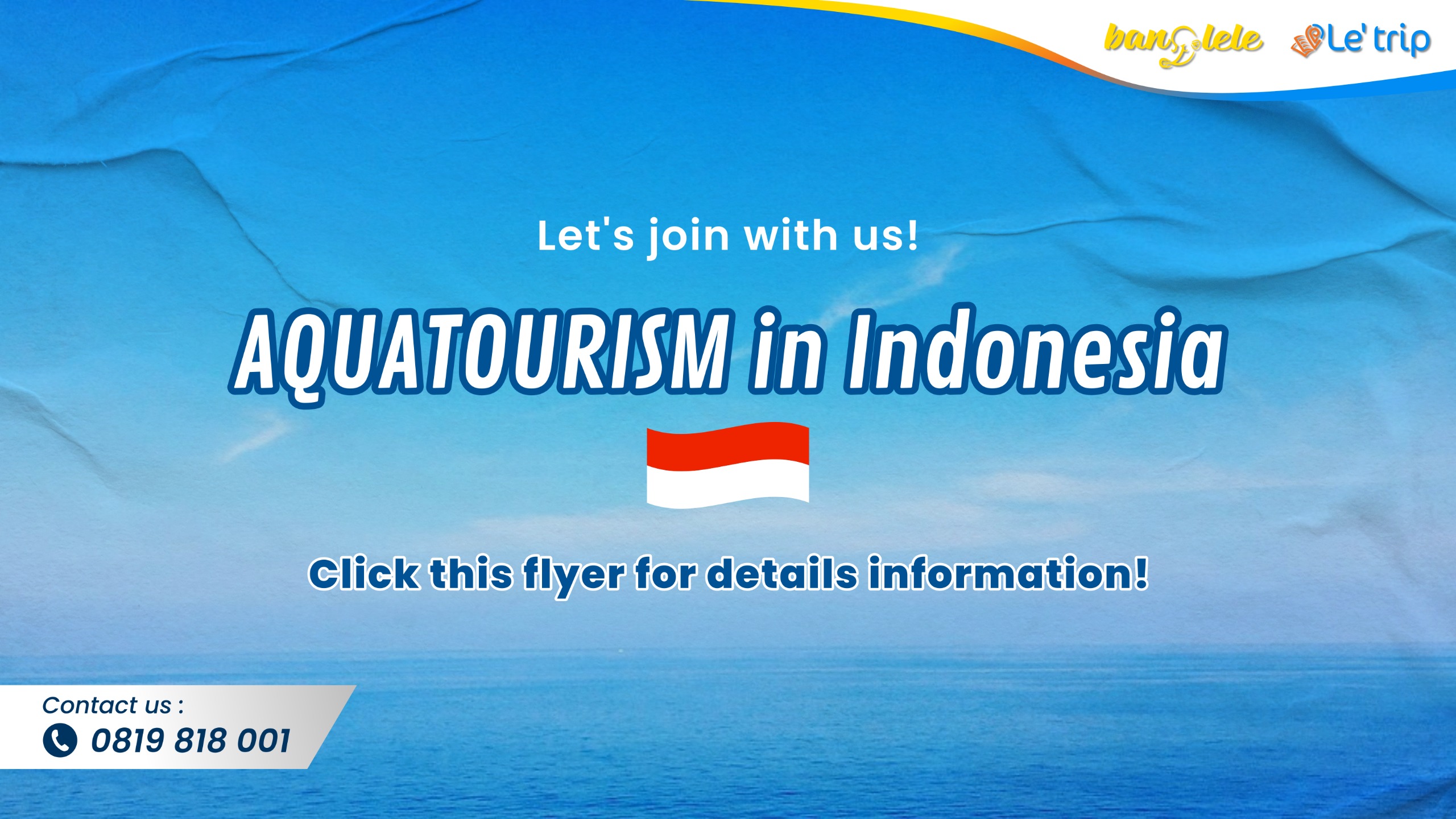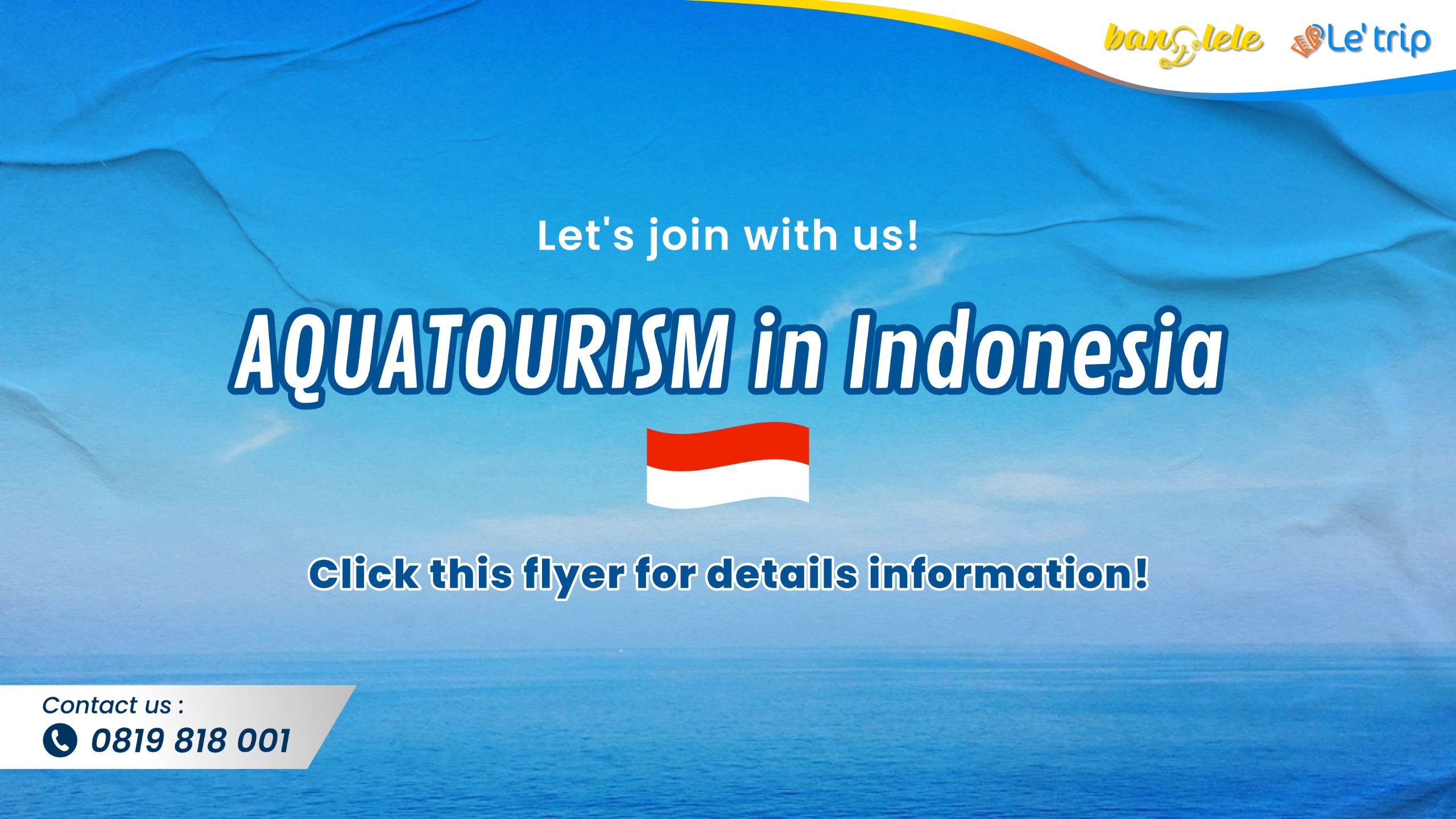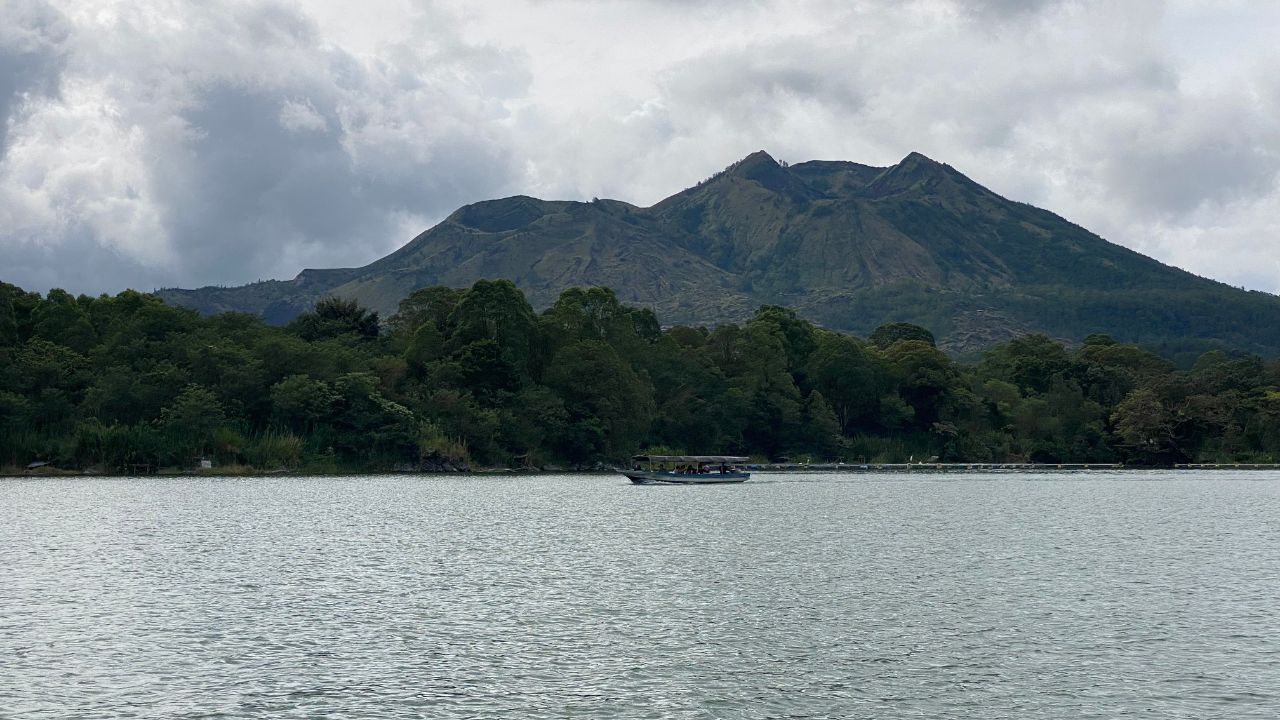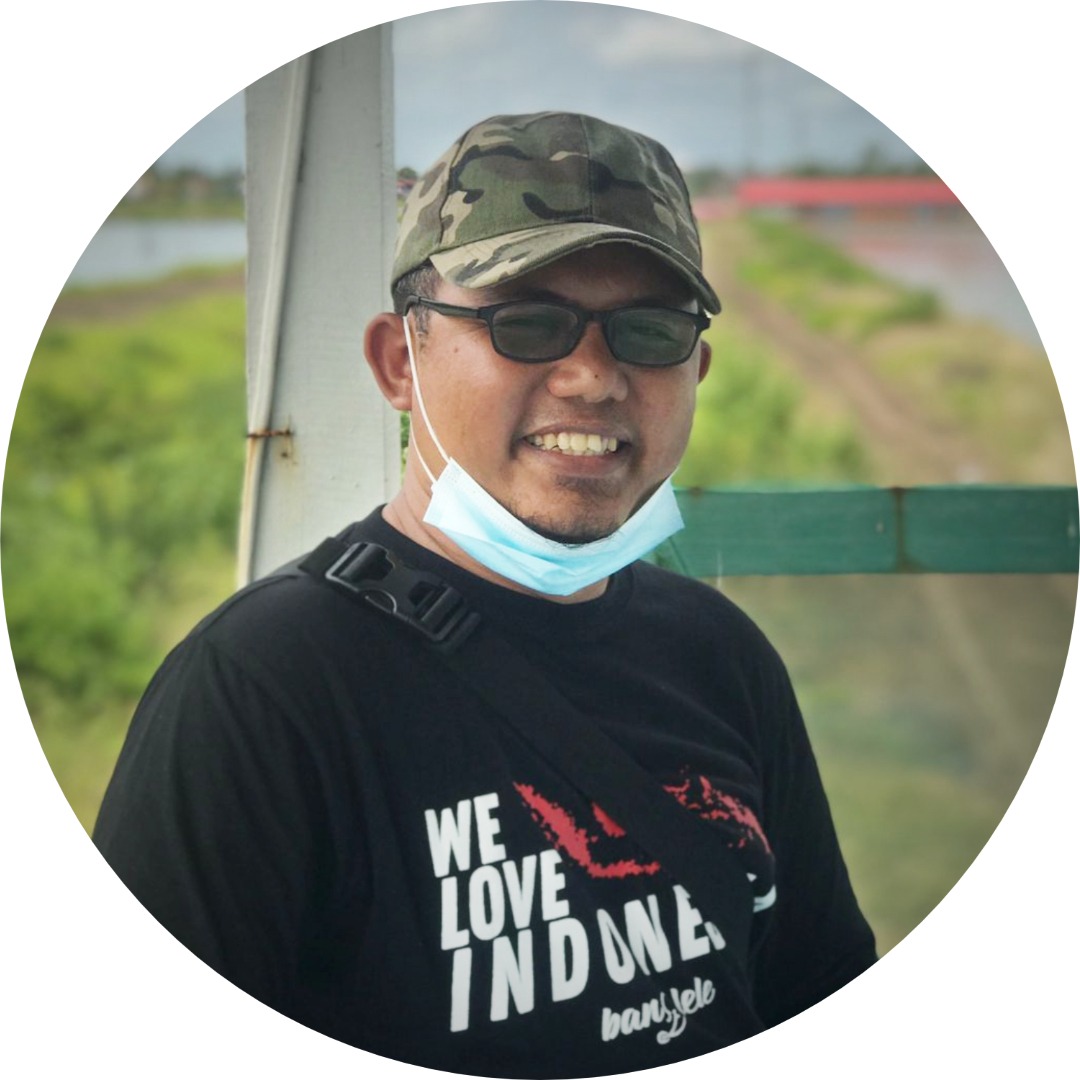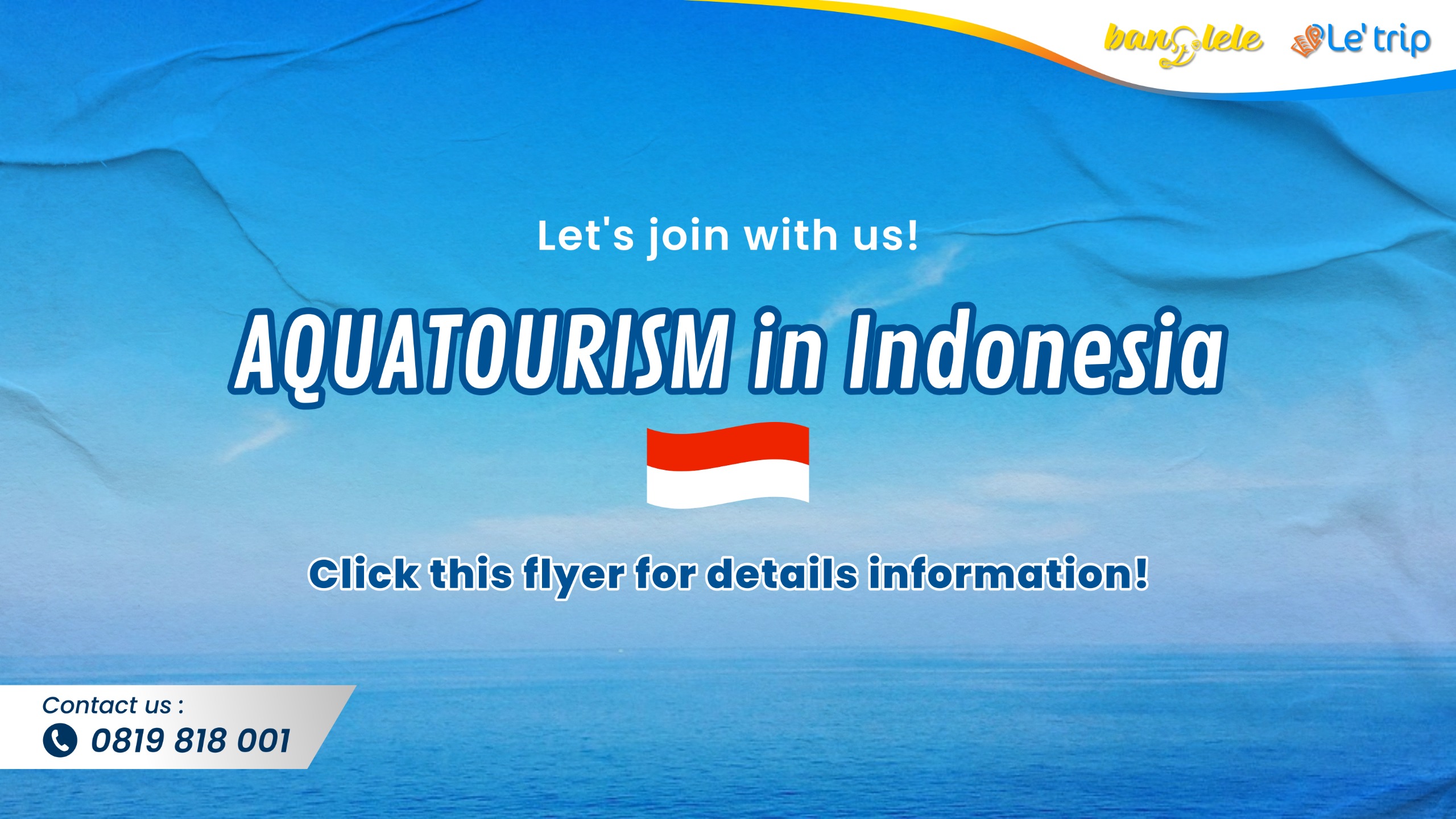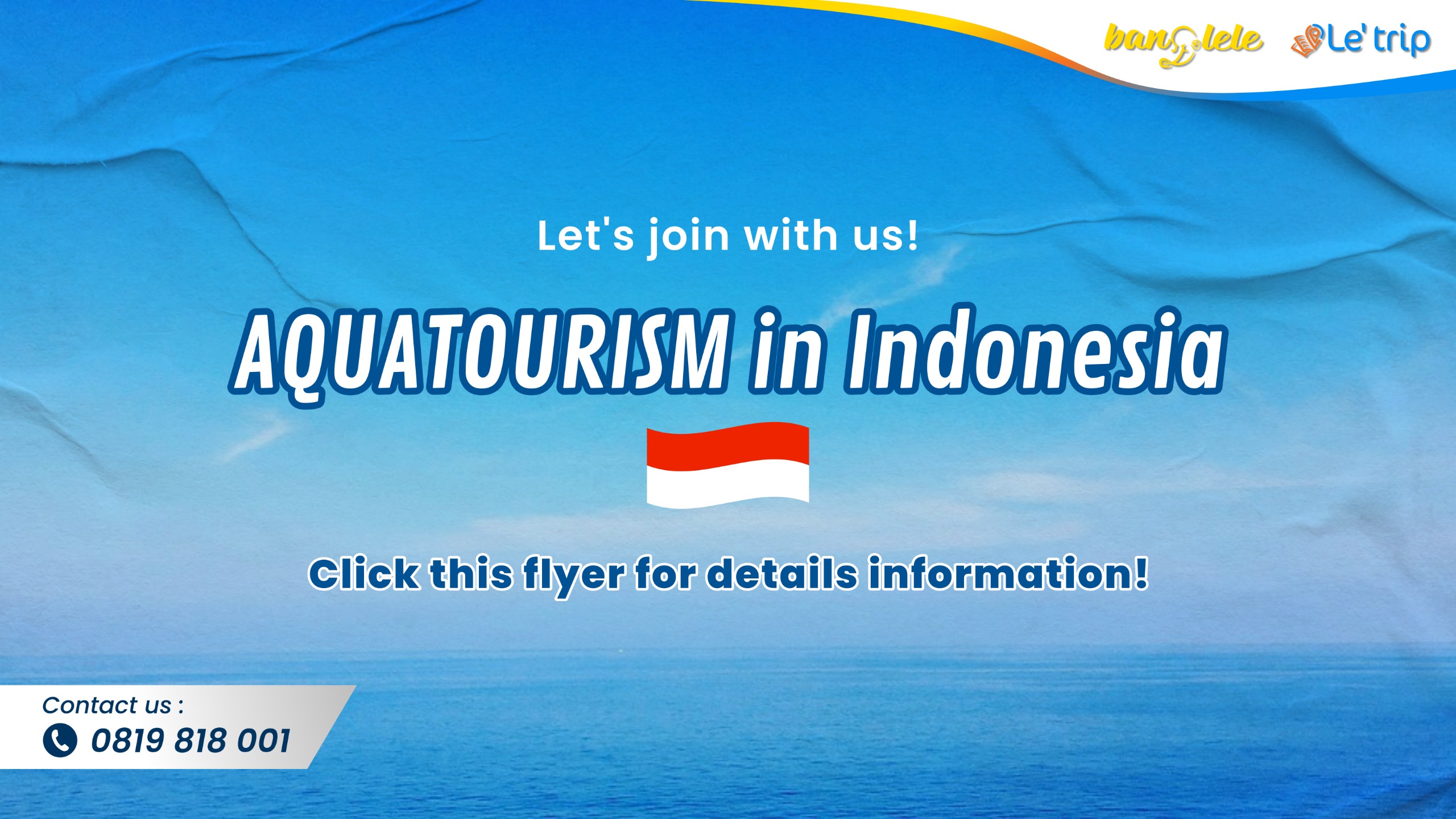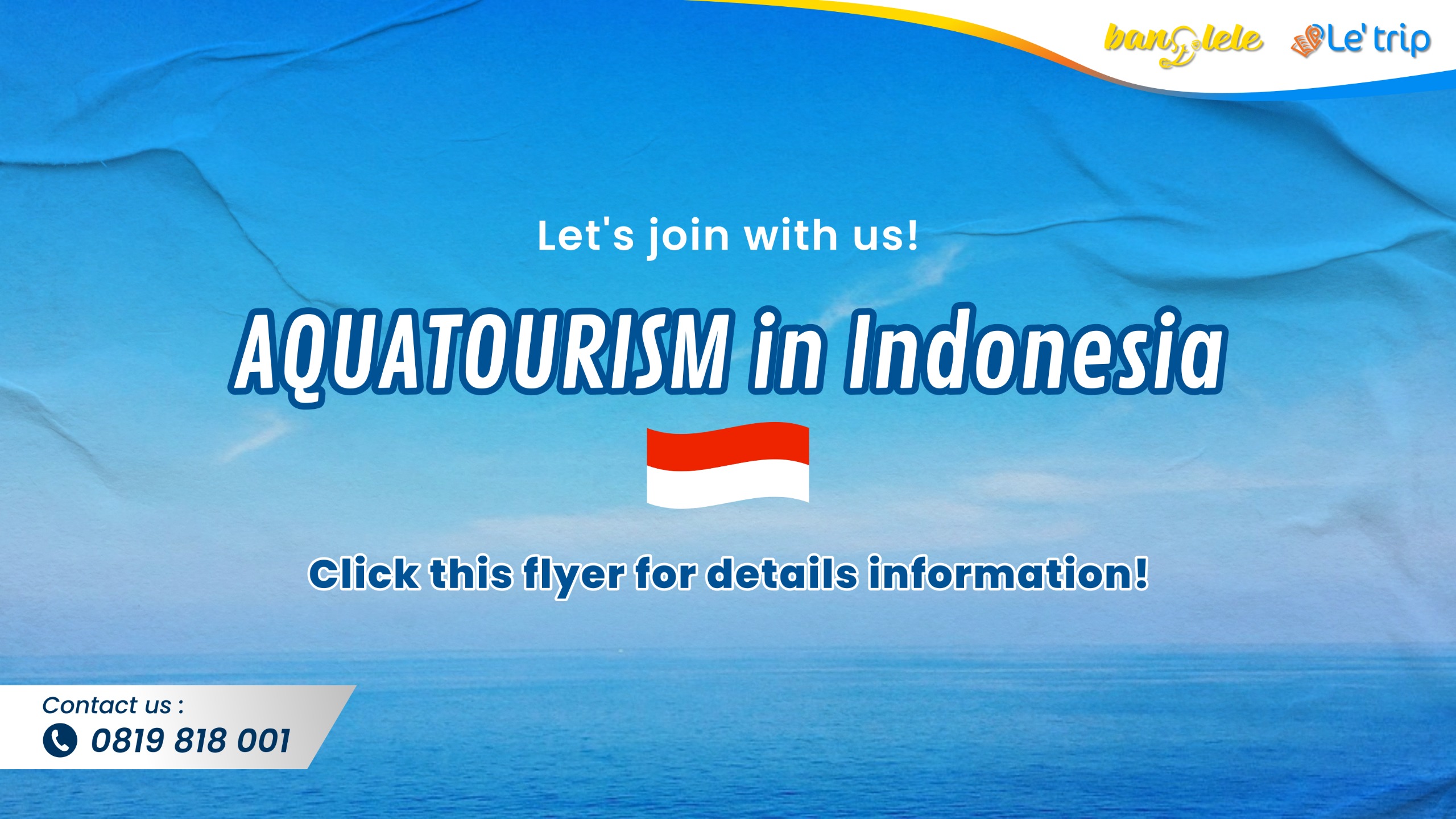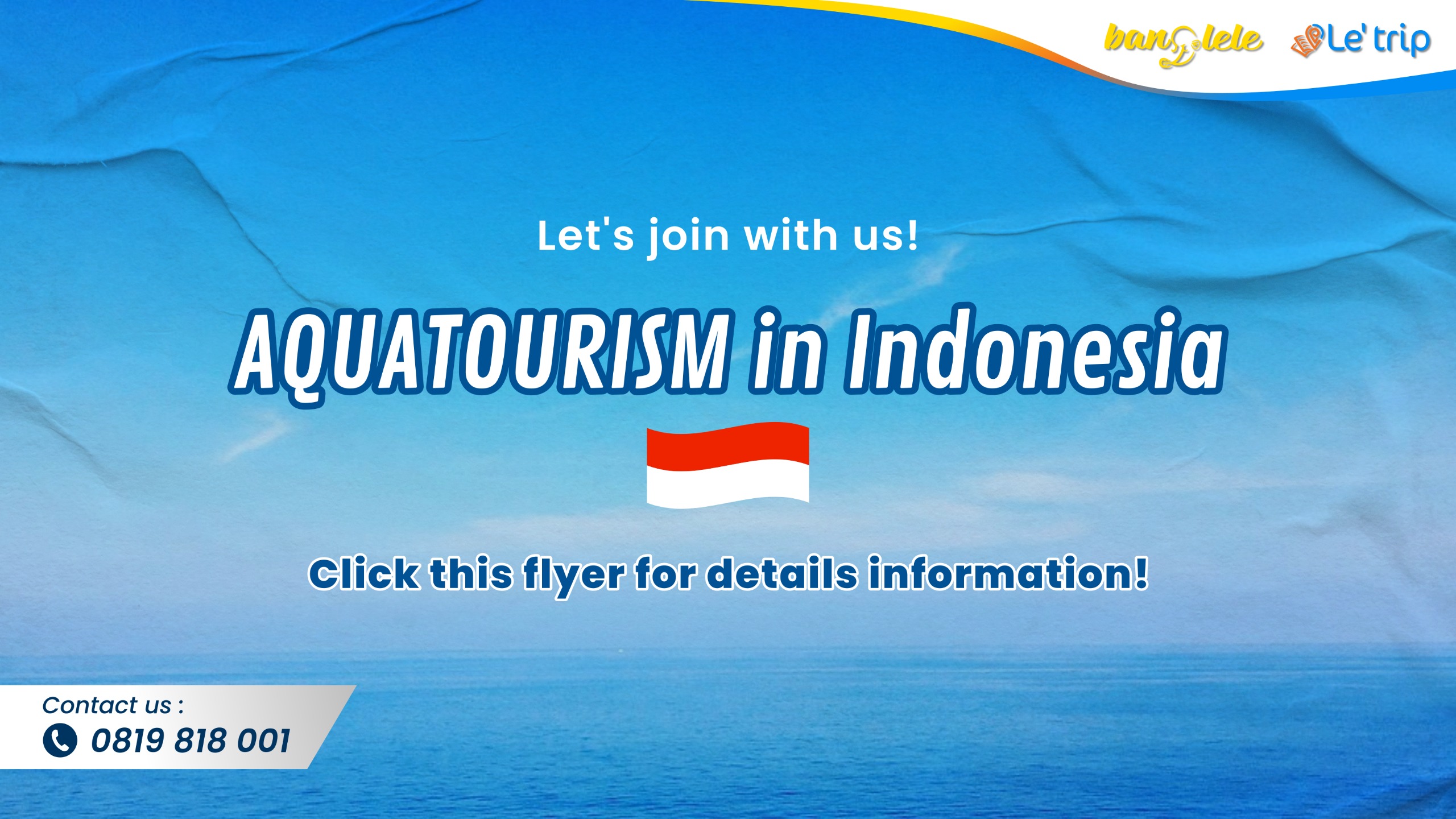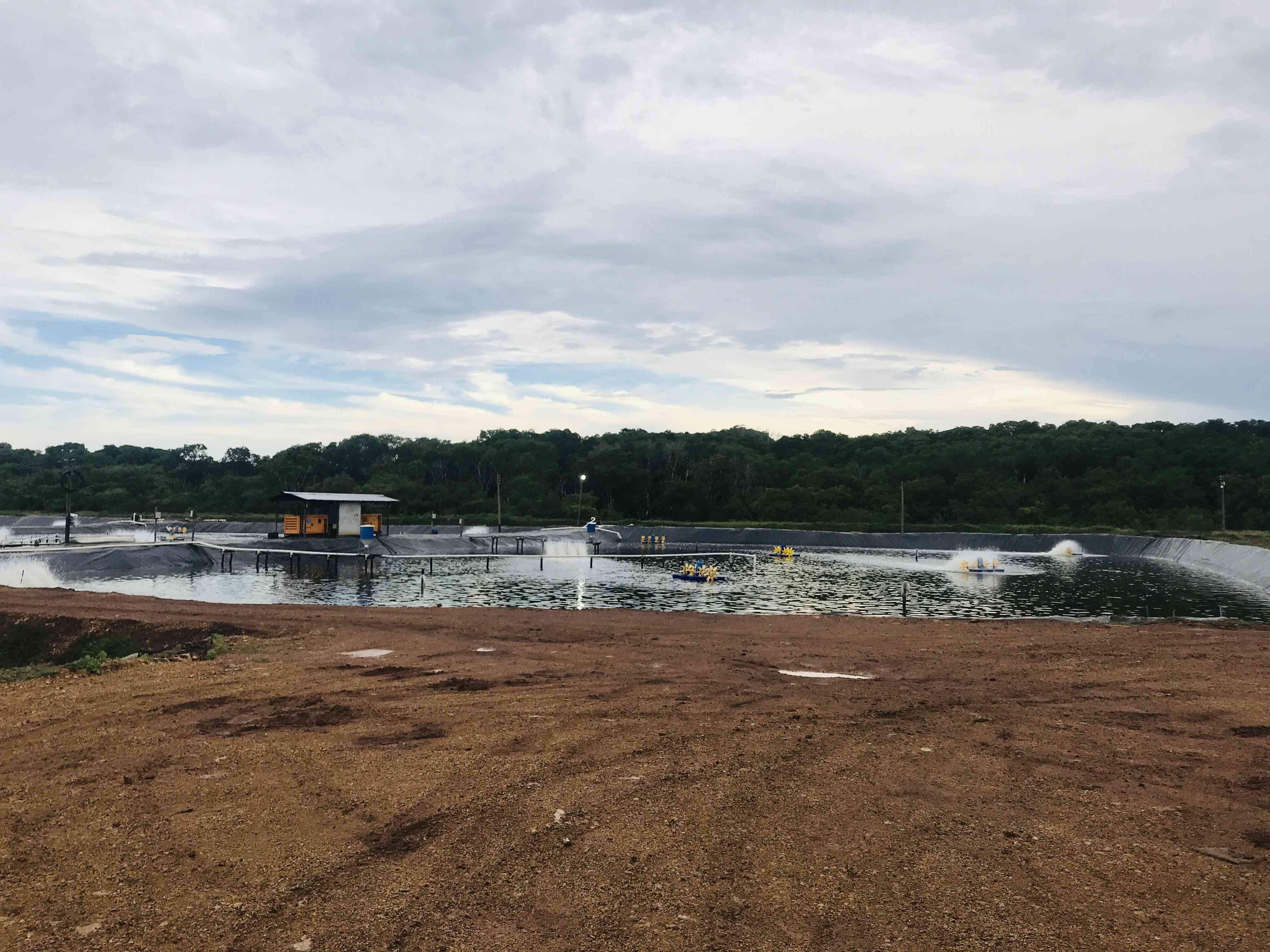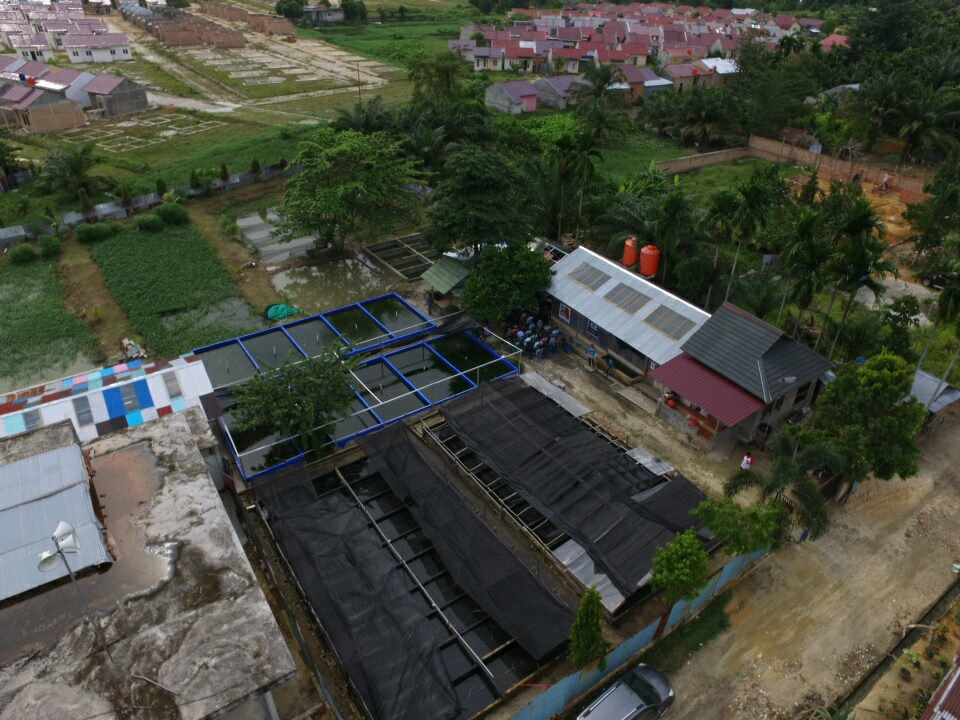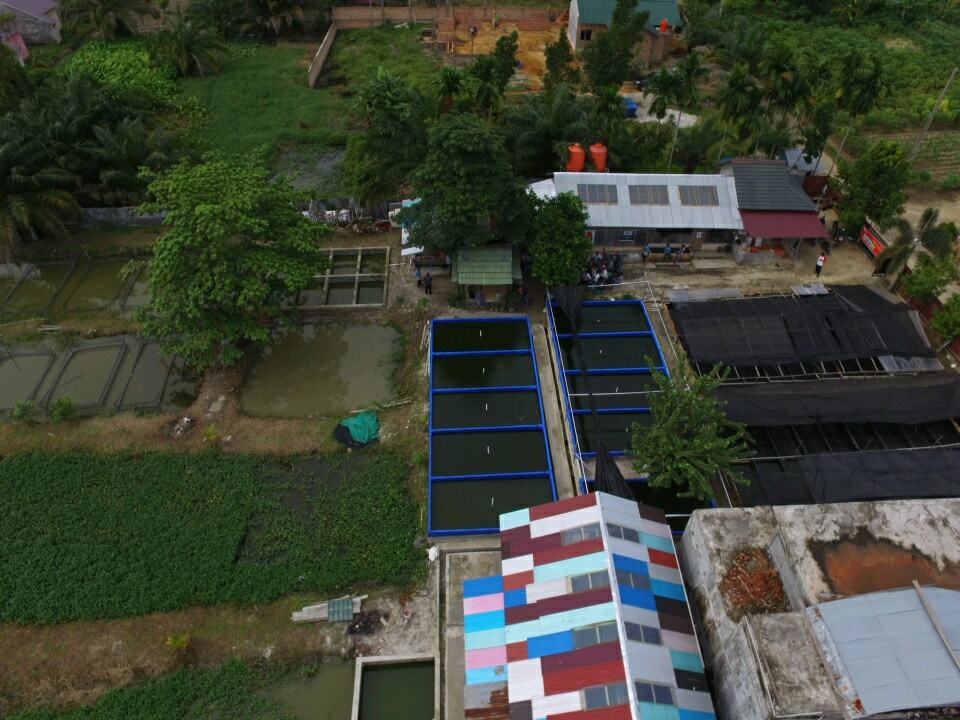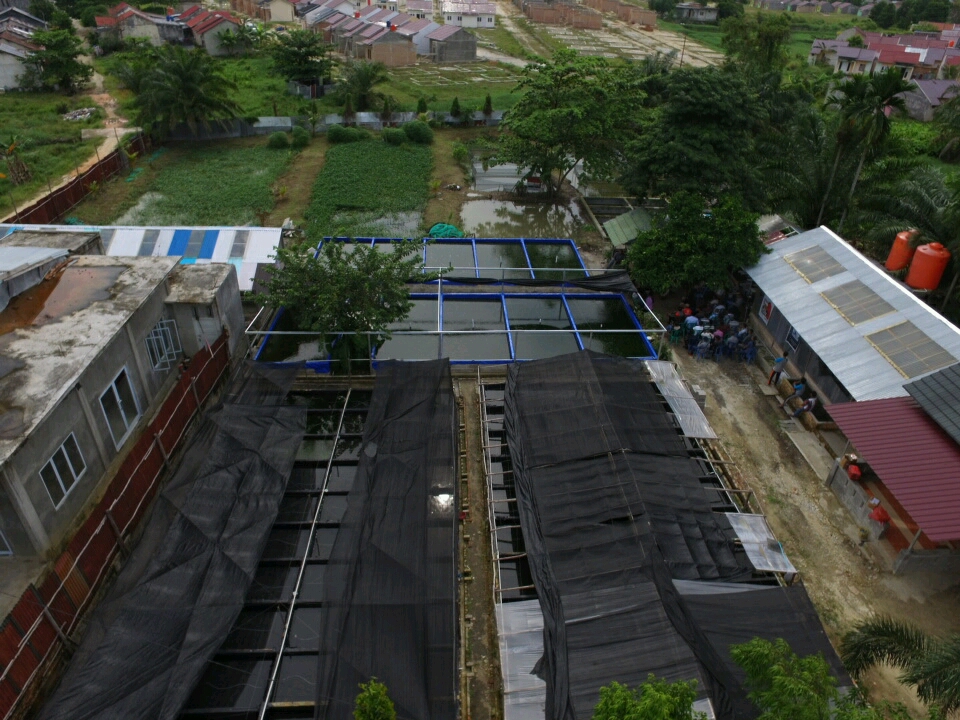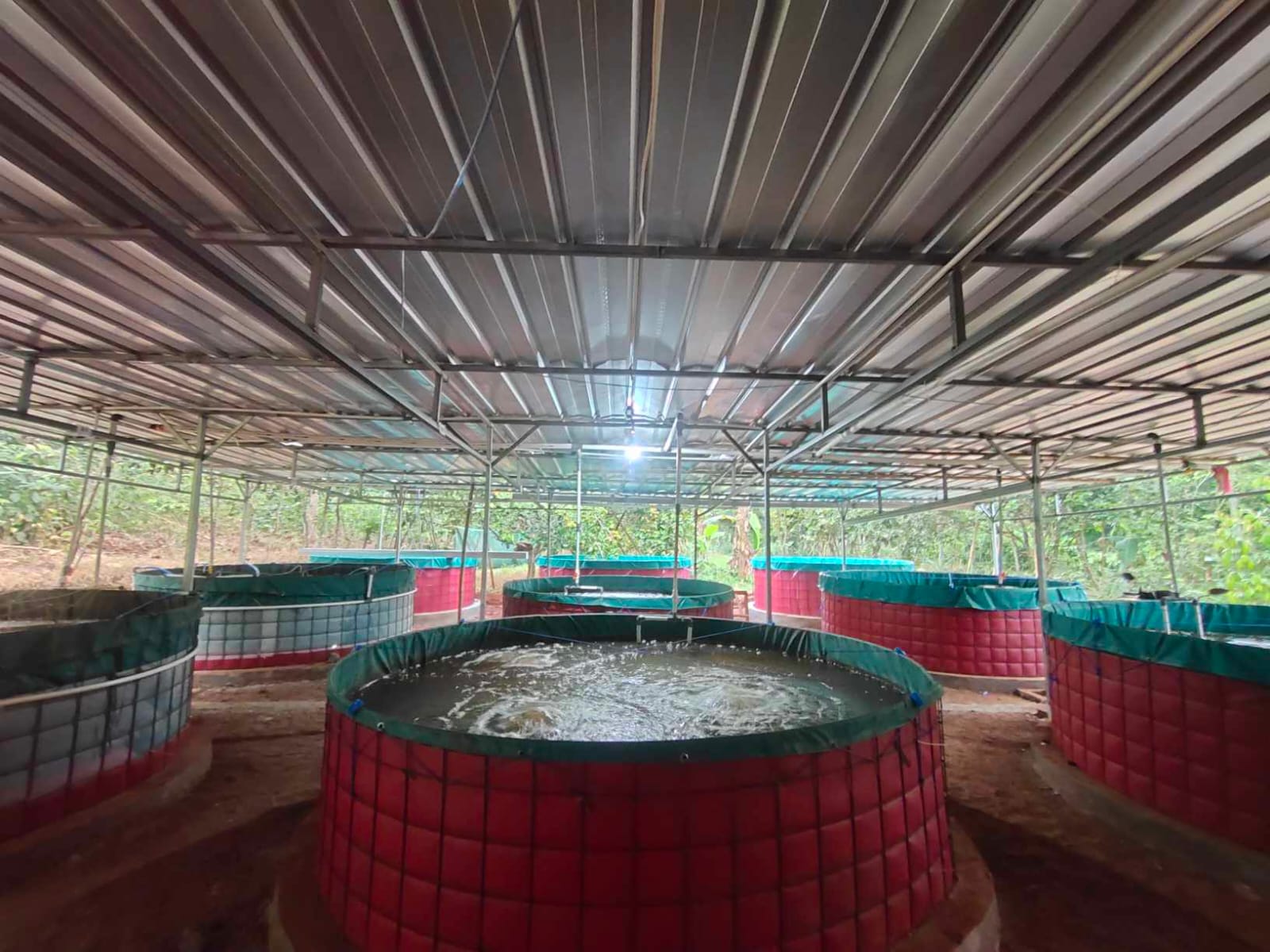In the heart of Bali, nestled within the Kintamani highlands, lies a landscape of serene and dramatic beauty. Here, at an elevation of 1,050 meters (about 3,445 feet) above sea level, Lake Batur stretches across a vast caldera, its clear, calm waters resting at the foot of an active volcano. As the largest active caldera lake on the island, it presents a breathtaking panorama: a surface of more than 16 square kilometers (around 6.2 square miles) is encircled by lush green hills, with the majestic silhouettes of Mount Batur and Mount Abang defining the horizon. A unique geological phenomenon, where volcanic activity on the lakebed causes the water to shift in color, only adds to its profound allure for visitors.
Yet the true promise of Kintamani transcends this visual splendor. The region holds the potential for a more engaging and sustainable model of tourism known as Aquatourism. This concept moves beyond conventional water-based activities like camping or fishing, defining itself as a form of travel centered on aquatic ecosystems, where field visits and direct involvement are integrated to foster interest and provide education. At Lake Batur, Aquatourism would not stand alone. The magnificent natural canvas serves as an essential foundation, harmoniously integrated with two other powerful pillars: a vibrant, living local culture and a unique gastronomy born from the lake itself. It is the synergy of these three elements that creates a holistic tourism ecosystem, offering an authentic and inimitable experience that also answers a global shift in travel, where people increasingly seek participatory journeys over passive destinations.
Local culture as the soul of aquatourism at Lake Batur Kintamani
The enduring strength of Kintamani’s appeal lies not only in its landscape but in the cultural soul that is deeply embedded in the lives of its people. The foundation of this society is the philosophy of Tri Hita Karana, a core Balinese concept that emphasizes balance and harmony between humans and God (Parahyangan), among fellow humans (Pawongan), and between humans and nature (Palemahan). This philosophy directly shapes a framework for sustainable tourism, where conservation and harmony are the guiding principles, just as they are in the development of the Batur Geopark itself.
Batur UNESCO Global Geopark presents the beauty of the volcanic eruption phenomenon which ultimately formed a double caldera and lake: Wonderful Indonesia
For the Balinese people, particularly those in Kintamani, Lake Batur is far more than an ordinary body of water. It is revered as the wellspring of civilization on the island and the source of the sacred holy water, or tirtha, that sustains the intricate subak irrigation system across Bali. On its shores stands Pura Ulun Danu Batur, a great temple dedicated to the worship of Ida Bhatari Dewi Danu, the goddess who protects prosperity and the natural world.
This profound spiritual connection manifests in a variety of meaningful traditional rituals. One of the most significant is the Karya Agung Danu Kreti, also known as Pakelem, a grand purification ceremony for the lake held every five years. During this ritual, the community presents offerings in the middle of the lake, an expression of gratitude and a prayer for the continued fertility and preservation of nature. Another tradition, Madunungan, is a communal rite where residents from around the lake camp in tents or temporary shelters near the Pura Jati temple during its main ceremony, reinforcing social solidarity and preserving a priceless cultural heritage.
These rituals are tangible expressions of local wisdom that also function as natural conservation mechanisms. In one temple festival, for instance, the offering required is a deer. The presence of deer in the area serves as a bio-indicator for the health of the surrounding forest. If a deer can still be found, it signifies that the forest habitat, which acts as a critical water catchment area for the lake, remains intact. This cultural practice directly supports the lake’s ecological health, offering a time-tested example of how tradition can serve as an effective system of conservation.
This cultural life is woven into the daily existence of eight traditional villages that border the lake, including Kedisan, Songan, and Trunyan. Among the most iconic is Trunyan, a village accessible only by crossing the lake in a boat. It is renowned for its unique funeral tradition, where the deceased are not buried or cremated but are laid to rest beneath a Taru Menyan tree, which is believed to possess the ability to neutralize odors. In this context, Lake Batur serves as a literal and metaphorical gateway to an unforgettable and deeply unique cultural encounter.
Dishes from the lake: gastronomy as an authentic experience
No visit to Kintamani is complete without experiencing its rich culinary traditions, which are inextricably linked to the lake’s ecosystem. Lake Batur is a vital hub for freshwater fisheries in Bali, particularly the cultivation of tilapia (nila and mujair) by local communities using floating net cages. This activity is not only the economic backbone for many families in the area but also provides the fresh, high-quality ingredients that are the foundation of Kintamani’s signature dishes. Two main dishes, born of fresh local fish and an abundance of Balinese spices, have become culinary icons of the Lake Batur region. They represent a philosophy where food is a direct expression of the local land and culture.
Floating net cages for tilapia cultivation around Lake Batur: Banglele Indonesia
The first is Nyat-nyat, a preparation of tilapia that is a requisite taste for any visitor. The name comes from the Balinese word "nyat," meaning to shrink or reduce, which refers to the cooking technique. Fresh tilapia, gourami, or other local fish is first fried or grilled, then simmered with a small amount of water and bumbu genep a complete Balinese spice paste rich with turmeric, galangal, ginger, and other aromatics. The mixture is cooked until the sauce thickens and reduces, allowing the spices to penetrate the flesh of the fish completely. The result is a complex and harmonious blend of spicy, savory, and aromatic flavors.
The second dish is ikan bakar sambal matah, or grilled fish with a raw sambal relish. Fresh fish from the lake is grilled with minimal seasoning to allow its natural sweetness to shine. Its distinction lies in the accompanying sambal matah, which is served fresh and uncooked. This vibrant relish consists of finely sliced shallots, bird’s eye chilies, lemongrass, and kaffir lime leaves, all tossed together before being doused with hot coconut oil and a squeeze of fresh lime juice. The fresh, spicy, and fragrant sensation of the sambal pairs perfectly with the smoky aroma of the grilled fish, creating a truly unique taste experience.
To enjoy these dishes in a simple restaurant, or warung, along the lake’s edge is to have an immersive and unforgettable experience. A warm plate of mujair nyat-nyat or grilled fish with sambal matah becomes all the more special when eaten while gazing directly at the source of its main ingredient: the vast blue expanse of Lake Batur, with the magnificent Mount Batur as its backdrop. This is the essence of an authentic "from lake-to-plate" culinary journey.
The Banglele Indonesia and Roger Williams University aquatourism program
The concept of a synergy between nature, culture, and gastronomy was validated through an Aquatourism program organized by Banglele Indonesia. This program, held in Bali in May 2025 with international students from Roger Williams University in the United States, served as a practical field course designed with a focus on the Blue Economy, a concept that champions the sustainable use of aquatic resources for economic growth and prosperity.
The initiative is clear evidence of how tourism can be transformed into a platform for applied education and cultural diplomacy. During the program, the students were not passive consumers but active participants. Their curriculum included field visits to a variety of modern aquaculture operations in Bali, from milkfish hatcheries and shrimp farms to lobster and seaweed cultivation sites. But their experience did not end there. Gastronomy was an integral component of their learning. The students sampled Kintamani’s signature culinary dishes by the shores of Lake Batur and even participated directly in fish-based cooking classes. There, they learned to prepare classic Indonesian dishes such as sweet and sour fish, yellow fish curry, and spicy ikan rica-rica.
The future potential of Lake Batur Kintamani as a center for culture- & gastronomy-based aquatourism
The success of this program demonstrates a clear demand from a segment of intelligent and knowledgeable travelers who seek educational and participatory experiences. The students who returned to their home country brought back not just vacation photos, but also a practical understanding of the blue economy, a deep appreciation for Indonesian culture, and the skills to cook its cuisine. This initiative paves the way for a new tourism business model that prioritizes quality and value over sheer quantity, a model that is more sustainable and capable of delivering greater economic benefits to local communities.
Furthermore, the development of Aquatourism in Kintamani aligns with Indonesia's national strategic vision and policies. Through Presidential Regulation No. 60 of 2021, the Indonesian government designated Lake Batur as one of 15 national priority lakes requiring integrated rescue and management efforts. This Aquatourism initiative directly and indirectly supports the programs mandated by that regulation, such as the development of environmentally friendly aquaculture, the preservation of biodiversity, and the enhancement of public awareness about the importance of protecting the lake’s ecosystem.
This approach successfully repositions Lake Batur from a mere "object" in need of protection to a productive "subject," an asset within a sustainable and creative economy. While government policies focused on "rescue" and "damage control" are protective, this model takes a proactive step by creating market-based economic incentives. When the lake's water quality is maintained, the quality of the fish improves, which in turn enhances the region's culinary appeal and boosts tourism revenue.
The true tourism power of Lake Batur Kintamani does not lie in any of its elements in isolation, but in the indivisible synergy of its natural charm, cultural depth, and gastronomic authenticity. A holistic Aquatourism model that integrates these three pillars represents the future of a more responsible, educational, and meaningful form of travel. Built on this strong foundation, Lake Batur Kintamani has immense potential to become a world-class benchmark for sustainable, lake-based ecosystem tourism.

